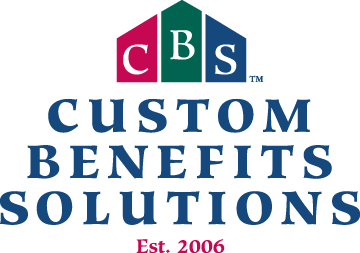IRS Announces HSA Limits for 2020
On May 28, 2019, the Internal Revenue Service (IRS) released Revenue Procedure 2019-25 announcing the annual inflation-adjusted limits for health savings accounts (HSAs) for calendar year 2020. An HSA is a tax-exempt savings account that employees can use to pay for qualified health expenses.
To be eligible for an HSA, an employee:
Must be covered by a qualified high deductible health plan (HDHP);
Must not have any disqualifying health coverage (called “impermissible non-HDHP coverage”);
Must not be enrolled in Medicare; and
May not be claimed as a dependent on someone else’s tax return.
The limits vary based on whether an individual has self-only or family coverage under an HDHP. The limits are as follows:
2020 HSA contribution limit:
Single: $3,550 (an increase of $50 from 2019)
Family: $7,100 (an increase of $100 from 2019)
Catch-up contributions for those age 55 and older remains at $1,000
2020 HDHP minimum deductible (not applicable to preventive services):
Single: $1,400 (an increase of $50 from 2019)
Family: $2,800 (an increase of $100 from 2019)
2020 HDHP maximum out-of-pocket limit:
Single: $6,900 (an increase of $150 from 2019)
Family: $13,800* (an increase of $300 from 2019)
*If the HDHP is a nongrandfathered plan, a per-person limit of $8,150 also will apply due to the Affordable Care Act’s cost-sharing provision for essential health benefits.
Originally posted on ThinkHR.com

